In 2023, the global market for Laserjet printers was valued at USD 36.9 billion and is projected to reach USD 50.1 billion by 2030. Understanding the latest trends and key factors is crucial for business buyers looking to make informed purchasing decisions in 2025.
Table of Contents:
– Laserjet Printers Market Overview
– In-Depth Analysis of the Laserjet Printers Market
– Key Factors When Selecting Laserjet Printers
– Advanced Features in Laserjet Printers
– Market Trends and Innovations in Laserjet Printers
– The Future of Laserjet Printers
Laserjet Printers Market Overview
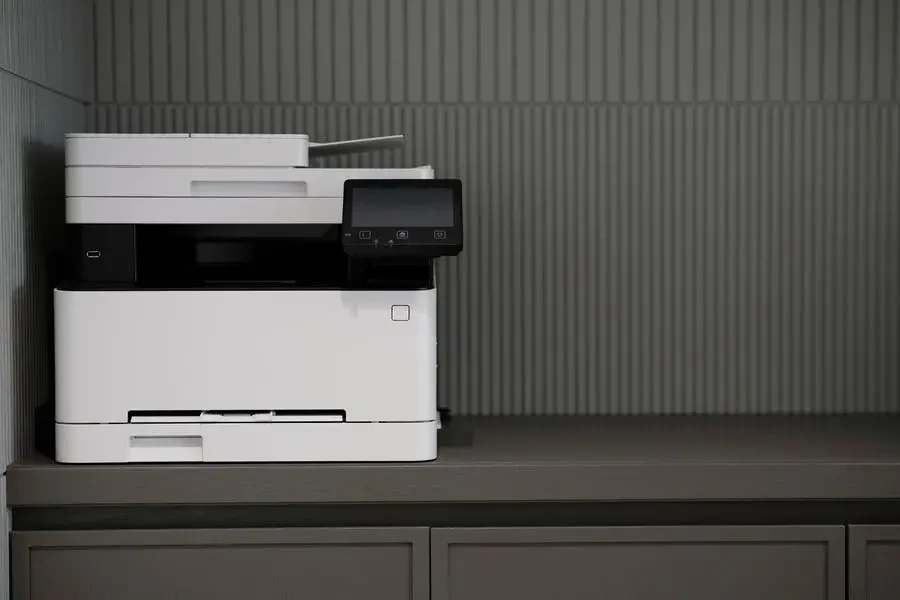
The global market for laserjet printers was valued at USD 36.9 billion in 2023 and is projected to reach USD 50.1 billion by 2030, growing at a compound annual growth rate (CAGR) of 4.5% from 2023 to 2030. This growth is driven by the increasing demand for high-quality, efficient printing solutions across various sectors. The multi-function laser printers segment is expected to reach USD 30.2 billion by 2030 with a CAGR of 4.9%, while the single-function laser printers segment is set to grow at a 3.9% CAGR over the same period.
Regionally, the U.S. market was estimated at $10 billion in 2023, with China forecasted to grow at an impressive 7.6% CAGR to reach $10.6 billion by 2030. Other key regions include Japan, Canada, Germany, and the Asia-Pacific, each contributing significantly to the market’s expansion.
In-Depth Analysis of the Laserjet Printers Market
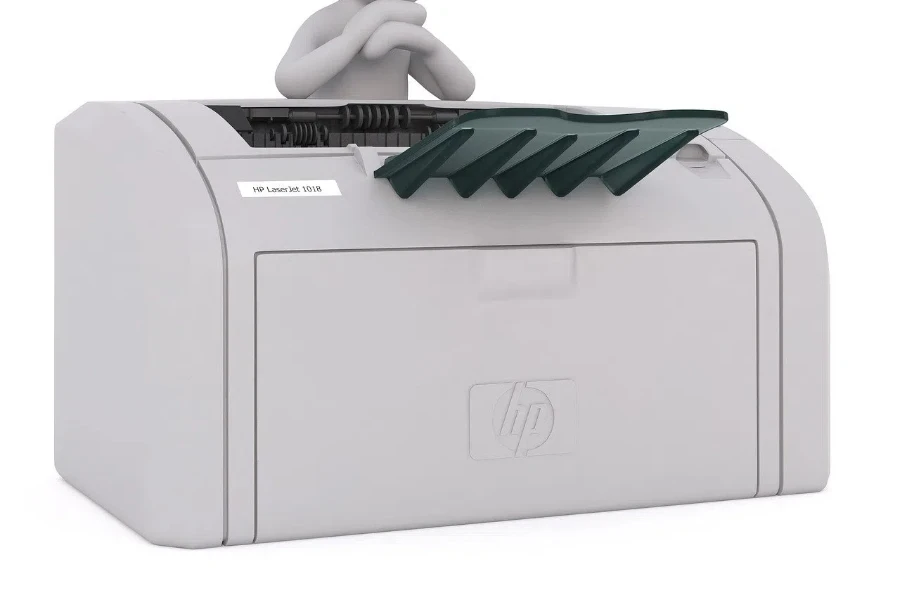
Key Performance Benchmarks and Market Share Dynamics
The laserjet printers market is characterized by several key performance benchmarks that influence market share dynamics. Multi-function laser printers are gaining traction due to their ability to perform various tasks such as printing, scanning, copying, and faxing, offering cost-saving benefits and enhanced productivity. In contrast, single-function laser printers remain popular for their reliability and specific use cases, particularly in high-volume printing environments.
Economic Influences and Consumer Behavior Shifts
Economic influences such as the increasing demand for high-quality printing in sectors like education, healthcare, and government are driving the market. Consumer behavior is shifting towards more eco-friendly and cost-effective solutions, with a growing preference for printers that offer wireless connectivity, mobile printing, and cloud integration. This shift is further supported by advancements in digital workflows, which require seamless integration with physical printing capabilities.
Distribution Channel Preferences and Seasonal Demand Patterns
Distribution channels for laserjet printers include direct sales, online retail, and traditional brick-and-mortar stores. Online retail is gaining prominence due to its convenience and the ability to compare products and prices easily. Seasonal demand patterns show a spike during the back-to-school season, holiday sales, and the beginning of the fiscal year when businesses invest in office equipment.
Recent Innovations and Digitalization
Recent innovations in the laserjet printers market include energy-efficient models, enhanced security features, and printers capable of handling a wider range of media types. Digitalization trends such as remote printing, managed print services, and the integration of augmented reality (AR) for maintenance and troubleshooting are also shaping the market.
Environmental Regulations and Eco-Friendly Practices
Environmental regulations are pushing manufacturers to adopt greener practices. Companies are focusing on producing printers with lower energy consumption, using recyclable materials, and developing eco-friendly inks and toners. For instance, HP Inc. aims to use 30% post-consumer recycled content plastic across its print and personal systems product portfolio by 2025.
Customer Pain Points and Brand Positioning Strategies
Common customer pain points include high operating costs, particularly the cost of toner cartridges, and the need for frequent maintenance. To address these issues, leading brands are offering cost-effective solutions, extended warranties, and robust customer support. Differentiation strategies include focusing on innovative features, such as high-speed printing, high-resolution output, and advanced connectivity options.
Niche Markets and Future Trends
Niche markets for laserjet printers include specialized sectors such as healthcare, which requires high-quality medical images, and the education sector, which needs durable and reliable printing solutions. Future trends in the laserjet printers market include the adoption of 3D printing technologies, the rise of subscription-based printing services, and the integration of artificial intelligence to optimize printing processes.
In conclusion, the laserjet printers market is poised for significant growth, driven by technological advancements, changing consumer preferences, and the need for efficient and eco-friendly printing solutions.
Key Factors When Selecting Laserjet Printers
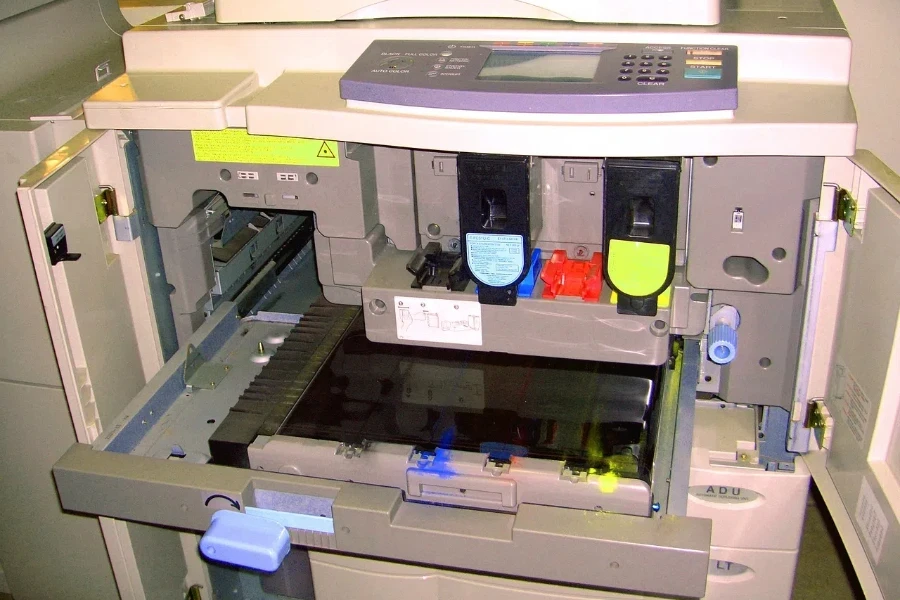
Performance and Speed
When evaluating Laserjet printers, performance and speed are crucial. Performance is often measured in pages per minute (PPM). High-end models can achieve speeds of over 70 PPM, making them suitable for large offices with high-volume printing needs. In contrast, small businesses might find models with speeds of 20-30 PPM adequate. Additionally, the printer’s warm-up time, typically ranging from 5 to 20 seconds, can significantly impact productivity, especially in environments requiring frequent, intermittent printing tasks.
Print Quality and Resolution
Print quality is another essential factor, often determined by the printer’s resolution, measured in dots per inch (DPI). Standard Laserjet printers offer resolutions of 600 x 600 DPI, which is sufficient for most text documents. However, for more detailed graphics or professional-quality prints, higher resolutions like 1200 x 1200 DPI or 2400 x 2400 DPI might be necessary. Advanced Laserjet models utilize technologies like HP’s ImageREt (Resolution Enhancement Technology) to enhance print quality beyond basic DPI specifications.
Connectivity Options
Modern Laserjet printers come with multiple connectivity options to cater to diverse business needs. Standard models offer USB and Ethernet connections, which are adequate for most office environments. Advanced models include wireless capabilities such as Wi-Fi Direct, Bluetooth, and NFC, facilitating mobile and remote printing. Additionally, compatibility with cloud services like Google Cloud Print and Apple AirPrint enhances convenience and efficiency, allowing users to print directly from their mobile devices or cloud storage.
Cost Efficiency
Cost efficiency in Laserjet printers involves not just the initial purchase price but also the total cost of ownership (TCO), including consumables and energy use. Toner cartridges can vary significantly in price and yield. High-yield cartridges, while more expensive upfront, often provide a lower cost per page. Energy efficiency is another consideration, with many modern printers meeting ENERGY STAR certifications, indicating lower energy consumption. Features like automatic duplex printing can also contribute to cost savings by reducing paper use.
Maintenance and Support
Maintenance and support are crucial for ensuring the long-term reliability of Laserjet printers. Regular maintenance tasks might include cleaning the printer, replacing toner cartridges, and updating firmware. Many manufacturers offer maintenance kits that include essential parts and tools. Additionally, robust customer support options, including extended warranties, on-site service, and 24/7 technical support, can be invaluable. Some models also feature self-diagnostic tools and remote management capabilities, allowing IT departments to monitor and address issues proactively.
Advanced Features in Laserjet Printers
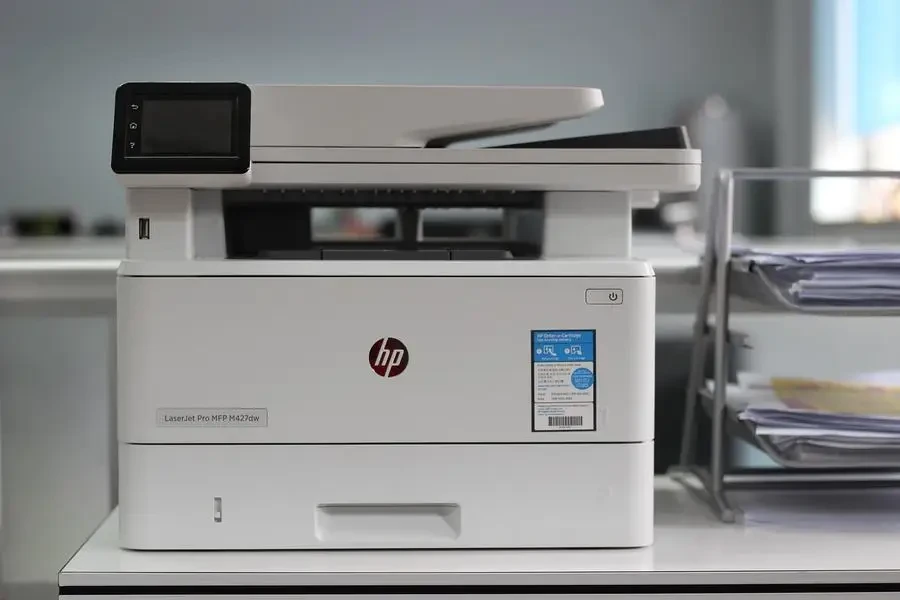
Multifunction Capabilities
Many modern Laserjet printers offer multifunction capabilities, integrating printing, scanning, copying, and faxing into a single device. These all-in-one printers are particularly beneficial for small to medium-sized businesses, providing a cost-effective solution that saves space and reduces the need for multiple devices. Advanced models may also include features like automatic document feeders (ADF) and duplex scanning, which streamline workflow and enhance productivity.
Security Features
With increasing concerns over data security, many Laserjet printers now come equipped with advanced security features. These may include secure boot, firmware integrity checks, and runtime code integrity. Additionally, some models offer encrypted printing, secure erase of stored data, and user authentication via PIN or card readers. These features are particularly important in environments where sensitive information is frequently printed, ensuring that data remains protected from unauthorized access.
Eco-Friendly Options
Sustainability is a growing concern, and many Laserjet printers now include eco-friendly features. For instance, some models use toner cartridges made from recycled materials and offer cartridge recycling programs. Energy-saving modes, such as sleep and auto-off, help reduce power consumption when the printer is not in use. Additionally, printers with duplex printing capabilities can significantly reduce paper waste, contributing to a more sustainable office environment.
Market Trends and Innovations in Laserjet Printers
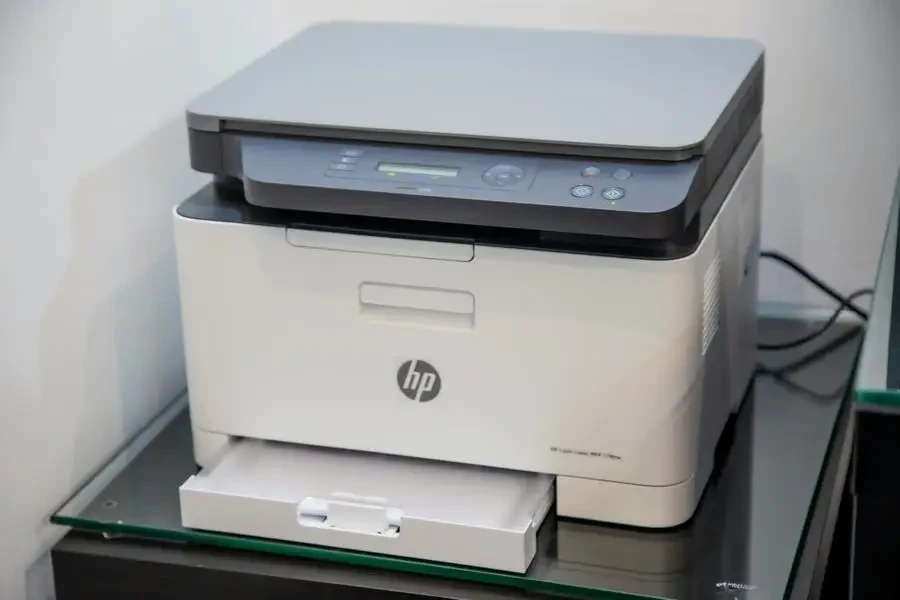
3D Printing Integration
One of the emerging trends in the Laserjet printer market is the integration of 3D printing capabilities. While still in its early stages, this innovation allows businesses to produce prototypes and models directly from their Laserjet printers. This hybrid approach can streamline the design and manufacturing process, providing a versatile tool that combines traditional and additive manufacturing technologies.
AI and Machine Learning
Artificial intelligence (AI) and machine learning are beginning to play a significant role in the functionality of Laserjet printers. These technologies can optimize print jobs by analyzing usage patterns and adjusting settings for efficiency. Predictive maintenance, powered by AI, can anticipate when parts need replacement or servicing, reducing downtime and extending the printer’s lifespan. Additionally, AI-driven security features can detect and respond to potential threats in real-time, enhancing data protection.
Cloud Printing Solutions
Cloud printing is becoming increasingly popular, offering businesses the flexibility to print from anywhere with an internet connection. This technology eliminates the need for traditional drivers and allows for seamless integration with various devices and operating systems. Advanced cloud printing solutions also provide centralized management of printing resources, enabling businesses to monitor usage, enforce print policies, and manage costs more effectively.
The Future of Laserjet Printers

Continued Evolution in Print Quality
As technology advances, we can expect continued improvements in print quality. Innovations in toner and imaging technologies will likely lead to even higher resolutions and more accurate color reproduction. This will be particularly beneficial for industries that require high-quality prints, such as marketing, design, and photography.
Enhanced User Interfaces
User interfaces on Laserjet printers are becoming more intuitive and user-friendly. Future models are expected to feature larger, touch-sensitive screens with customizable interfaces. Voice-activated controls and integration with virtual assistants like Amazon Alexa and Google Assistant will further simplify the user experience, allowing for hands-free operation and easier access to printer functions.
Expansion of Eco-Friendly Initiatives
Environmental sustainability will continue to be a focus in the development of Laserjet printers. Future models will likely incorporate more eco-friendly materials and energy-efficient technologies. Manufacturers may also expand their recycling programs and introduce new initiatives to reduce the environmental impact of their products.
Wrapping Up
The Laserjet printer market is continually evolving, with new features and technologies enhancing performance, security, and sustainability. Businesses should carefully consider their specific needs and priorities when selecting a Laserjet printer to ensure they choose a model that meets their requirements and supports their operations effectively.





 Afrikaans
Afrikaans አማርኛ
አማርኛ العربية
العربية বাংলা
বাংলা Nederlands
Nederlands English
English Français
Français Deutsch
Deutsch हिन्दी
हिन्दी Bahasa Indonesia
Bahasa Indonesia Italiano
Italiano 日本語
日本語 한국어
한국어 Bahasa Melayu
Bahasa Melayu മലയാളം
മലയാളം پښتو
پښتو فارسی
فارسی Polski
Polski Português
Português Русский
Русский Español
Español Kiswahili
Kiswahili ไทย
ไทย Türkçe
Türkçe اردو
اردو Tiếng Việt
Tiếng Việt isiXhosa
isiXhosa Zulu
Zulu